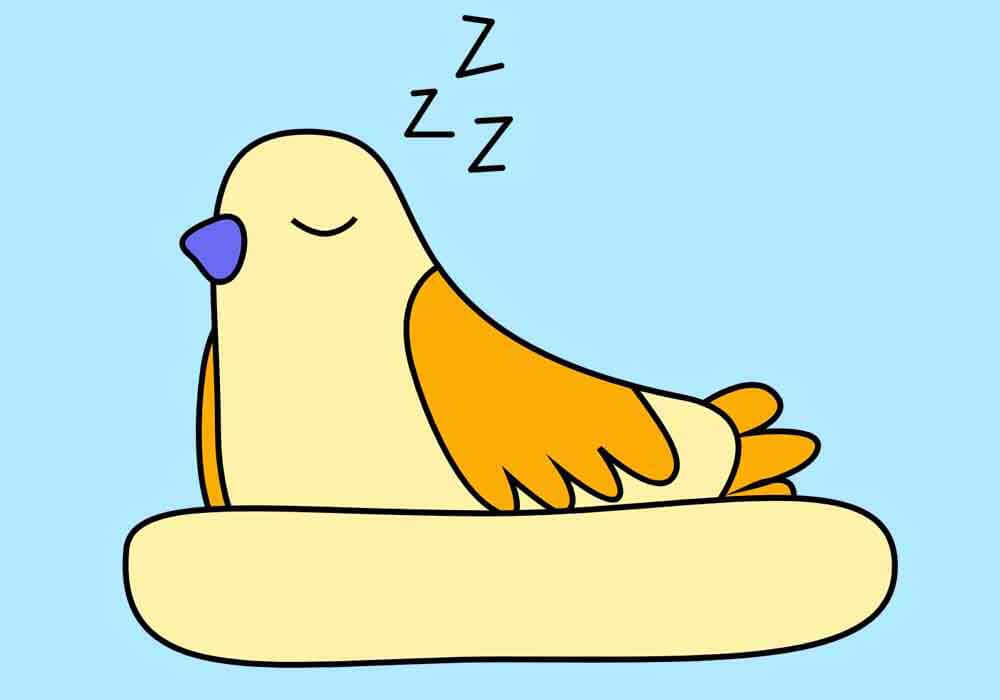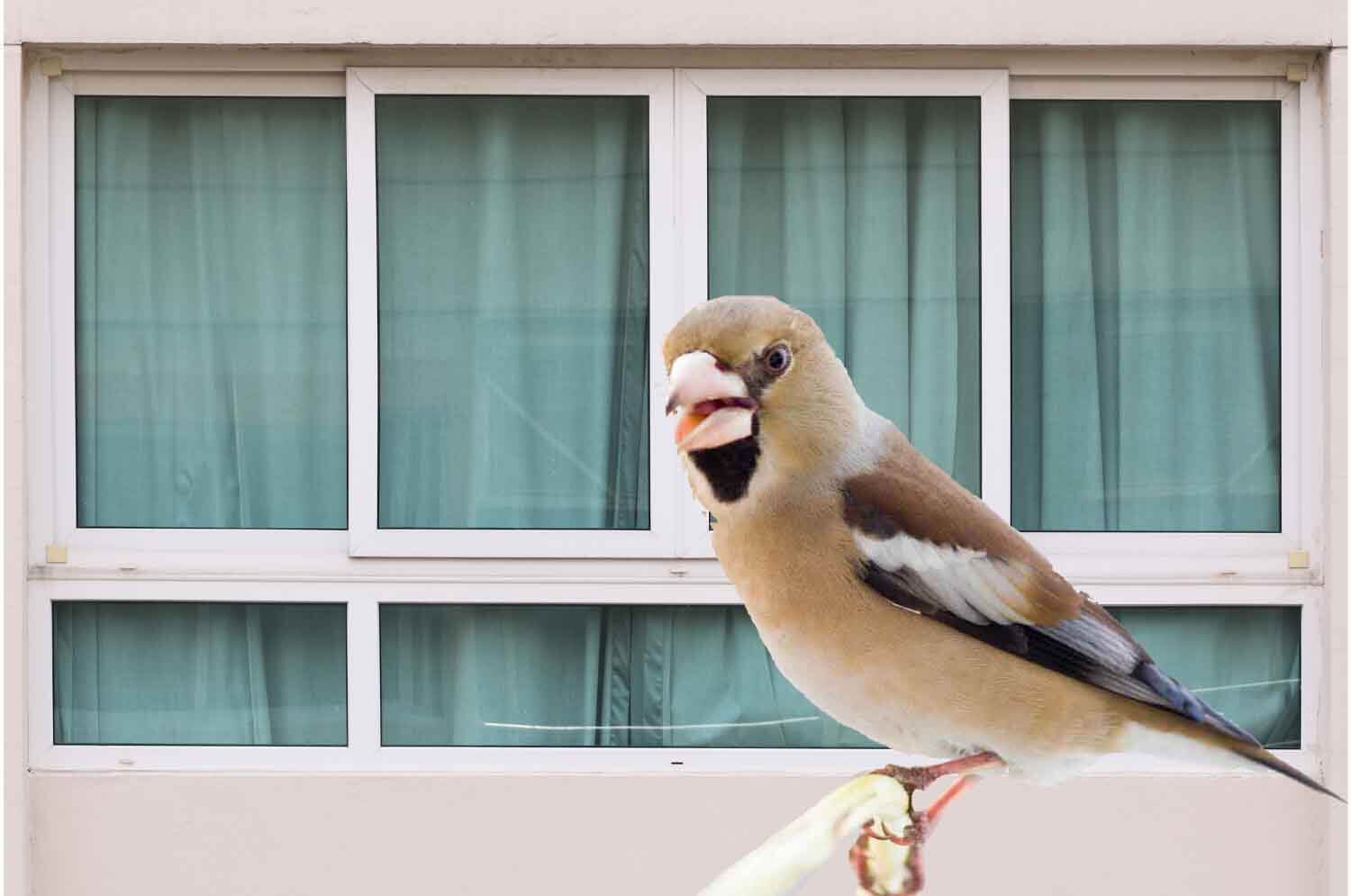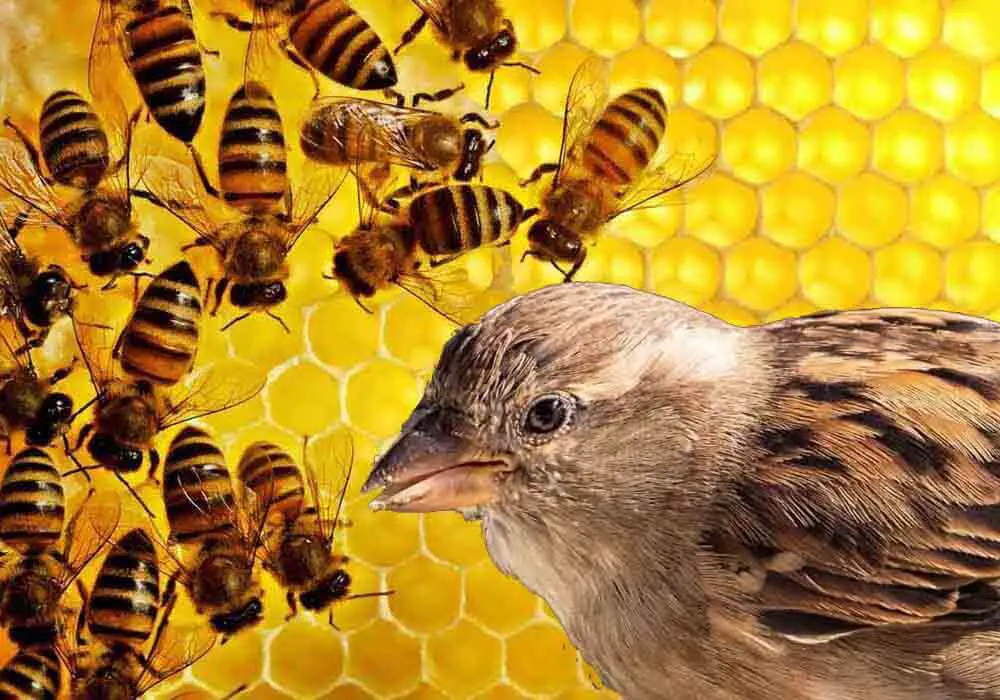What Do Birds Do at Night?
What Do They Do After Dark?
There are nocturnal and diurnal birds. These birds behave differently during the day and night, depending on when they are active. Knowing when each bird is active can help you better understand what do birds do at night.
Nocturnal birds are active at night and use their keen eyesight and hearing capabilities to hunt for prey in the dark. On the other hand, diurnal birds sleep on tree branches and windowsills at night. Most diurnal birds are brightly-colored and can only attract mates during the day.
In the rest of this article, I'll discuss diurnal and nocturnal birds and their behaviors at night. I'll also discuss the sleeping mechanisms of birds and how they manage to maintain a tight grip when asleep. Keep reading!

Nocturnal vs. Diurnal Birds
Let’s explore the differences between these two types of birds.
Nocturnal Birds
Nocturnal birds are more common in the animal kingdom than diurnal birds. Owls are an excellent example of nocturnal bird species. These birds have special adaptations that help them see and hear better at night. For instance, their eyes are large to provide a wider angle of view.
According to National Geographic, birds like owls can rotate their heads up to 270 degrees without breaking blood vessels. This allows them to see far away prey and hear the sounds of moving prey better.
The nocturnal bird species tend to be predators; they use their night vision to hunt for food.
Immediately after the sun sets, nocturnal birds get active and ready for their hunting mission. Therefore, as you sleep, these birds will be enjoying their "day" while hunting. No wonder you'll always hear some bird songs at night.
As it dawns and darkness disappears, nocturnal birds return to their roosting spots to sleep until it's night again.
Some easy ways to identify nocturnal birds include:
- Dull plumage colors: These birds are mostly gray, brown, or black and white with muted plumages. This feature makes them hard to identify at night.
- Larger eyes: Nocturnal birds have large eyes with bigger pupils to increase their visual sensitivity. The larger pupil can absorb more ambient light for enhanced night vision.
- Camouflage patterns: While they hunt at night, nocturnal birds are also exposed to predators. Thus, they are mottled and camouflaged for safety. Furthermore, these patterns help them blend with the environment as they roost during the day. You may even find yourself stepping on such birds as you stroll through your field due to their camouflaged nature.
- High senses: These birds have enhanced senses that enable them to hear and sense the presence of a predator. For instance, the facial disks in owls enhance their hearing capabilities.
Some nocturnal birds include the following:
- Owls
- Kiwis
- Kakapos
- Night-herons
- Little penguins
- Night parrots
- Nightjars
- Potoos
- Woodcocks
Diurnal Birds
Diurnal birds are active during the day and sleep at night. Most of these birds are small and feed on insects. Diurnal birds have bright colors that help them attract mates. The colors also make it easier for them to find food.
Some diurnal birds include:
- Hornbills
- Finches
- Flycatchers
- Larks
- Swallows
- Woodpeckers
- Wrens
Diurnal birds are easier to spot than nocturnal birds since they are active during the day. Most of these birds are insectivores, whereby they use their beaks to catch insects in flight. This explains why they usually live in trees and bushes where insects are in abundance.
What do birds do at night during the breeding season, most diurnal birds are known to sing at night. The singing is a way of attracting mates and defending their territories. However, this behavior is not typical in all diurnal bird species.
Some easy ways to identify diurnal birds:
Active behavior: These birds are usually very active during the day as they forage for food and build nests.
- Bright plumage colors: These birds have brightly-colored feathers that make them easily visible during the day. They also use these colors to attract mates and ward off predators.
- Smaller eyes: Diurnal birds have small eyes with a narrow field of vision. This is because they don't need enhanced night vision since they are active during the day.
- Sharp beaks: Most diurnal birds have sharp beaks for catching insects in flight. The sharp beaks also help them maneuver through the foliage while searching for food.
- Lightweight bodies: Diurnal birds have light bodies that enable them to fly easily. This is an adaptation that helps them escape from daytime predators.
Birds’ Sleeping Mechanisms

When it comes to determining what do birds do at night remember that all birds sleep, the only difference being the time they sleep. While nocturnal birds sleep during the day, their diurnal counterparts sleep at night.
Birds sleep strangely, in ways that you might not have noticed. For instance;
Finally, birds fluff up their feathers while sleeping. This is necessary to keep their body temperatures high and is common among diurnal birds since the night temperature can get extremely cold.
- Most birds close one eye at a time when sleeping. This keeps them aware of their surroundings so they can act swiftly in case of a predator.
- When birds perch on a branch to sleep, they usually tuck their heads under their wings. This is because the head is very vulnerable to predators and the wings offer some protection.
- Some birds sleep while hanging upside down. This might surprise you. You might also think this is impossible since the bird will fall. However, birds have adapted to this sleeping position and will never fall. Hummingbirds are one bird species that sleep while hanging upside down.
- Most birds sleep in chimneys, tree cavities, branches, and unoccupied birdhouses. You might think that birds return to their nests daily to sleep as humans and other mammals do. However, it’s worth noting that not all birds build nests, and as such, they sleep anywhere they feel safe.
- Birds build nests for egg incubation and nurturing their young ones. Once the young ones are old enough, the birds vacate the nest, never to return. This is why you may find many abandoned nests in your field.
- Finally, birds fluff up their feathers while sleeping. This is necessary to keep their body temperatures high and is common among diurnal birds since the night temperature can get extremely cold.

Learn even more about the sleeping habits of birds from this article of ours called How Do Birds Sleep At Night?
How Do Birds Maintain a Firm Grip as They Sleep?
Birds have unique feet and legs adapted to maintaining a firm grip on surfaces. When you look at a bird's feet, you'll realize they have tendons on their toes. These tendons are pulled taut when the bird perches on a branch. This action keeps the feet locked and gives the bird a firm grip.
The toes of some birds are also equipped with weak claws that help them maintain their grip. The number of claws varies from one bird species to another. For instance, while owls have two front and two back claws, other birds like woodpeckers have three front and one back claw.
Birds also use their tails to maintain a firm grip on surfaces. When you look at a bird's tail, you'll notice that it's usually stiff and has feathers growing from the sides. The stiffness of the tail keeps it raised and supports the bird's body. On the other hand, the feathers on the sides of the tail help the bird keep its balance while perched on a branch.
What Do Birds Do At Night...Final Thoughts
Birds can either be active and hunting or asleep at night. This depends on whether the bird is nocturnal or diurnal. While diurnal birds sleep at night, their nocturnal counterparts are typically active and hunting. Therefore, the best way to determine what do birds do at night is to look out for the things that differentiate nocturnal birds from diurnal species.
Back To The TOP Of This
What Do Birds Do At Night Page

About the Author...
Richard Worden, a dedicated bird lover for over 20 years, I love to share my in-depth knowledge and passion for birds. Read more About Me and my expertise in this field.
- We Know Birds HOME ›
- Bird Behavior Facts and Information ›
- What Do Birds Do At Night?



